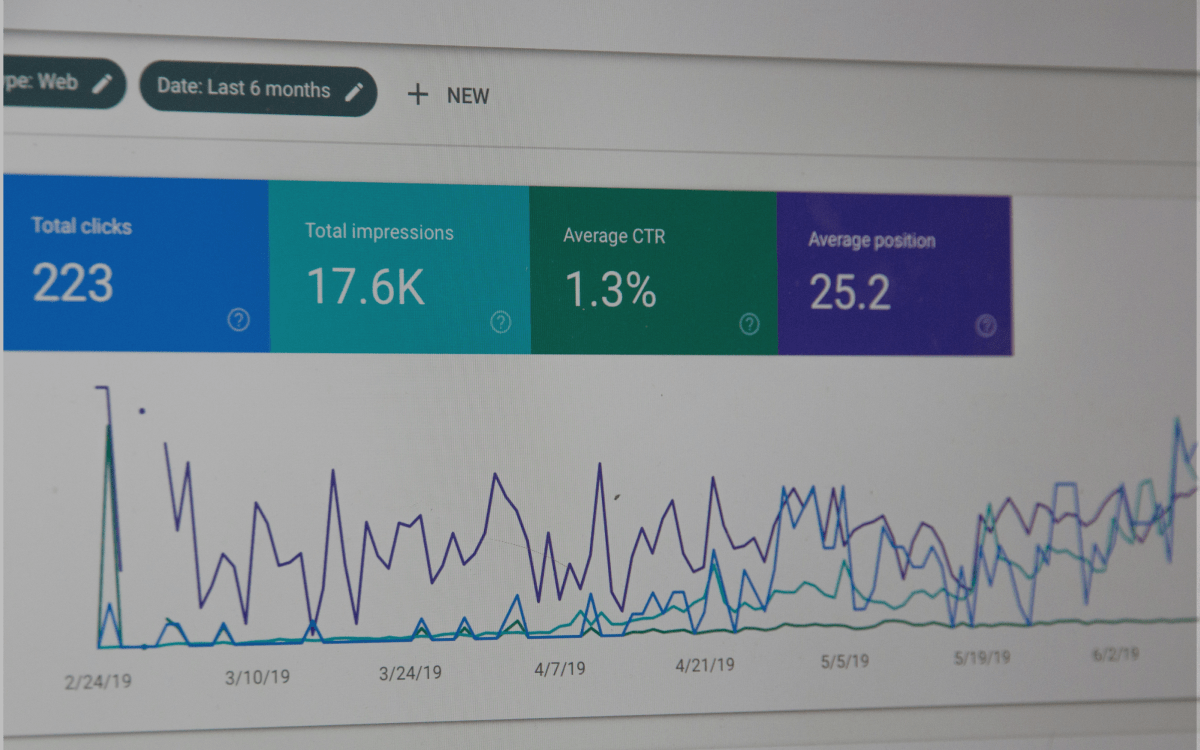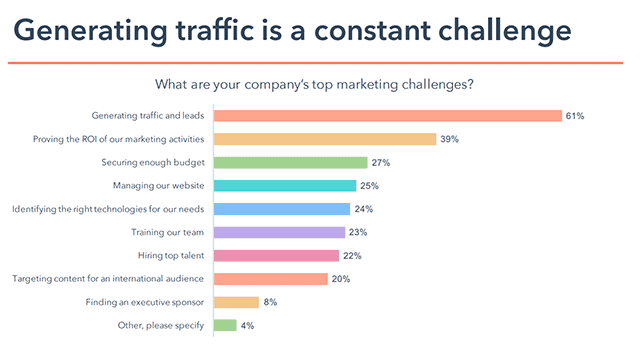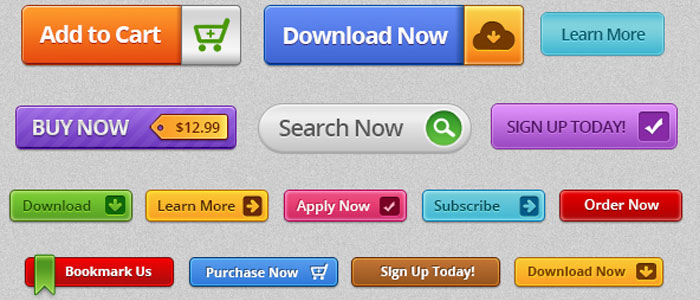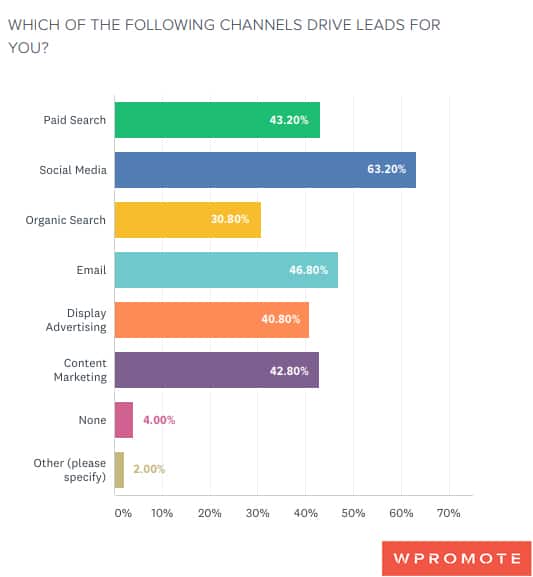
Believe it or not, we’re starting to plan for 2021 already, and 61% of marketers say lead generation is a top concern for the year ahead. Clients wonder how to get more inbound leads, how to make sure those leads are high quality, and how much they should pay for good inbound leads. The following dos and don’ts of inbound lead generation can help your organization drive more quality inbound leads while also monitoring and limiting expenses.

DO Make Sure You Have a Clear Call to Action
Your website, social profiles, and marketing materials should be designed to produce relevant leads for your business. In order to do that, you need to make sure that you feature a clear and compelling call to action. What do you want your audience to do? Some compelling CTAs include:
- Sign Up for a Free Trial
- Subscribe to Receive Our Welcome Offer
- Schedule a Demonstration

There are thousands of possible CTAs, so it’s important to keep your audience in mind when creating a compelling offer. Are you selling a product or service that customers can test out online for free? Giving customers a chance to try it out for a week or month may be enough to get them hooked. If your service requires a deeper understanding, a product demonstration might be the way to go. For physical products, allowing people to sign up for your newsletter in exchange for a welcome discount can bring in new leads and new sales.
DON’T Spend More Than Your Leads are Worth
When you are paying money to generate inbound leads, it’s important to make sure that your leads are generating more revenue than you’re spending to get them. Over time, your Return on Investment (or ROI) should be significantly higher than your marketing expenses. Here’s a helpful article about measuring and improving ROI for marketing campaigns.
Keep in mind that positive ROI takes time. Your marketing campaigns might not be an overnight success; depending on your typical sales cycle, it can take time to see a positive return. However, you should get a sense of what each inbound lead is costing you to know if you’re paying too much. For example, if your product sells for $50 and each lead costs an average of $25, you are going to have a very hard time making a real profit when you factor in manufacturing expenses, employee salaries, shipping, and other costs. Ask the following questions to determine your target cost per lead:
- How much do your products or services cost to deliver?
- What is your profit per sale?
- What percentage of your leads become paying customers?
For example, it costs $50 to produce your thingamajig. You sell each one for $100, leaving you a profit of $50 per item. On average, one out of every ten of your leads becomes a customer. That means your leads need to cost less than $5 for you to make a comfortable profit.
DO Use Multiple Tactics to Generate Inbound Leads
There are many different ways to generate inbound leads in 2021, and it’s important to experiment to find out which ones perform best for your organization. Consider the following options:

- SEO: Optimize your website so that potential customers find you in their searches. The leads you receive as a result of a well-optimized website should be highly relevant and ready to learn more or even make a purchase.
- Social Media: Build awareness about your brand using Facebook, Twitter, Instagram, or LinkedIn. You might not see immediate sales from your efforts, but social media offers an affordable way to stay front-of-mind with your prospects.
- Google Ads: Reach your target audience when they’re searching for products or services like yours. If you have a compelling offer, Google Ads offers a great way to generate new inbound leads.
- Content Marketing: Create content that answers your audience’s questions or shares useful tips. Great shareable content can take the form of blogs, videos, or infographics, so try to create posts across multiple media formats.
- Display Ads: Placing ads on relevant videos or websites is a good way to reach your target audience when they might not be thinking about products or services like yours. Display ads usually have lower levels of engagement than Google or Facebook Ads, but they also tend to be much more affordable.
DON’T Neglect Your Website
Remember, most of your inbound lead prospects will come through your website before initiating any sort of contact with your sales team. Statistics say only 4% of those web visitors are ready to buy, but that’s okay – converting a visitor into a lead (by collecting his or her email address) will give you the opportunity to follow up and win their business. That’s why it’s so important to make sure that your website makes it easy – and compelling – for your visitors to express interest.
In 2021, a great website is optimized for mobile (since more than 50% of the web’s traffic comes from mobile devices). It should also be easy to navigate, so visitors can find the information they want quickly. Your call to action should be impossible to miss. The average web visitor will spend no more than 15 seconds on your website, so you need to make a good impression, and you need to do it fast. User experience is everything, so don’t be afraid to put some time and money into your websites UX design and work with a professional to get it right.
Do Offer Users Different Ways to Engage
People are individuals with unique interests and communication preferences. Even though you may have your target audience profile zeroed in, it’s likely that there will be some variation among those individuals. For example, some may prefer to watch videos to learn more about a product, while others may prefer to read articles. Some may not have the time to go through a personal demonstration but might sign up for a webinar so they can listen while they work. Among your audience, you will have some who want to speak on the phone or send an email, but 67% will prefer self-service options like an online knowledge base to find the answers to their questions. The more options you offer, the more likely you are to receive new leads and win over their business.
Are you ready to step up your inbound lead generation for 2021? Send us a message and we’ll set up a call to review your marketing goals!
Share this post on your social profile:
A performance-driven marketing strategist with twenty years of experience growing international brands and organizations, Tim Young spent time at the Corporate Executive Board (now Gartner) and the Entrepreneurs' Organization before founding Young Marketing Consulting in 2013.
His areas of expertise include brand growth and identity development; lead generation and conversion; search engine optimization (SEO); customer satisfaction evaluation and improvement; customer segmentation and CRM work; ROI analysis and improvement; market research; and product development.
Want to get our blogs directly to your inbox?
Enter your email to sign up for our point of view on marketing trends, brand strategy, and sustainable business.


